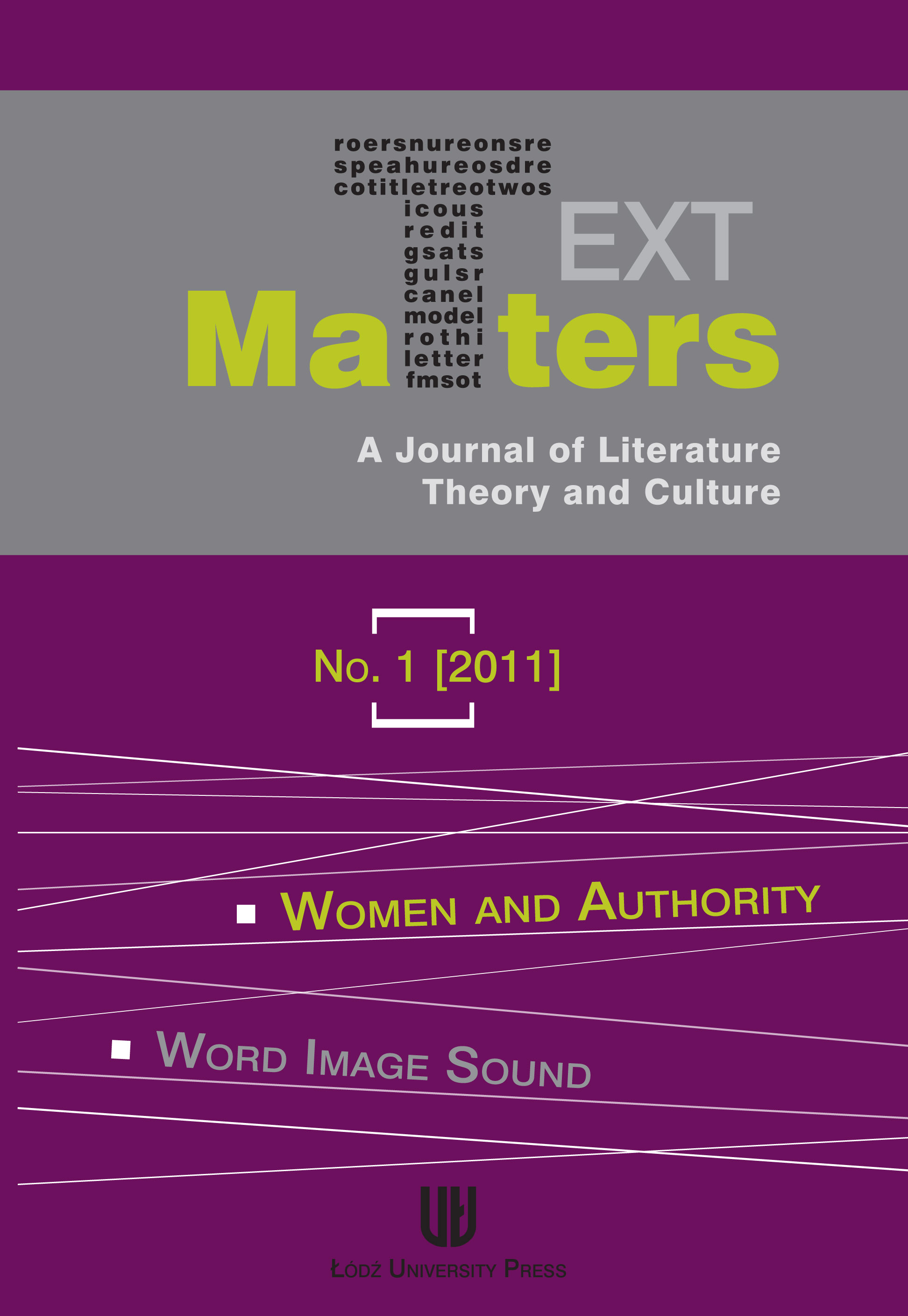The Artist and Religion in the Contemporary World
DOI:
https://doi.org/10.2478/v10231-011-0016-5Abstract
Although we begin with the words of the poet Henry Vaughan, it is the visual artists above all who know and see the mystery of the Creation of all things in light, suffering for their art in its blinding, sacrificial illumination. In modern painting this is particularly true of van Gogh and J.M.W. Turner. But God speaks the Creation into being through an unheard word, and so, too, the greatest of musicians, as most tragically in the case of Beethoven, hear their sublime music only in a profound silence. The Church then needs to see and listen in order, in the words of Heidegger, to learn to "dwell poetically on earth" before God. To dwell thus lies at the heart of its life, liturgically and in its pastoral ministry, as illustrated in the poetry of the English priest and poet, David Scott. This can also be seen as a "letting go" before God and an allowing of a space in which there might be a "letting the unsayable be unsaid" and order found even over the abyss. This is what Vladimir Nabokov has called "the marvel of consciousness" which is truly a seeing in the darkness. The poet, artist and musician can bring us close to the brink of the mystery, and thus the artist is always close to the heart of the church's worship and its ministry of care where words meet silence, and light meets darkness. Such, indeed, is the true marvel of consciousness in the ultimate risk which is the final vocation of the poet and artist, as it was of Christ himself, and all his saints. The church must be ever attentive to the deeply Christocentric ministry of art and the creative power of word and image in the letting the unsayable be unsaid. With the artist we may perhaps stand on Pisgah Height with Moses with a new imaginative perception of the divine Creation. The essay concludes on a personal note, drawing upon the author's own experience in retreat in the desert, with a reminder of the thought of Thomas Merton, a solitary in the community of the Church.
Downloads
References
Altizer, Thomas J. J. The Self-Embodiment of God. New York: Harper 1977.
Google Scholar
Baudinet, Marie-José. "The Face of Christ the Form of the Church." Fragments for a History of the Human Body Part One. Ed. Michael Feher with Ramona Naddaff and Nadia Tazi. New York: Zone 1989.
Google Scholar
Bible the New Oxford Annotated. New Revised Standard Version. Oxford: Oxford University Press 2001.
Google Scholar
Bonnefoy, Yves. In the Shadow's Light (Ce Qui Fut Sans Lumière). Trans. John Naughton. Chicago: University of Chicago Press 1991.
Google Scholar
Clark, Timothy. Martin Heidegger. London: Routledge 2002.
Google Scholar
Danto, Arthur C. The Abuse of Beauty: Aesthetics and the Concept of Art. Chicago: Open Court 2003.
Google Scholar
Eckhart, Meister. "On the Noble Man." Selected Writings. Trans. Oliver Davies. Harmondsworth: Penguin 1994.
Google Scholar
Edwards, James C. The Plain Sense of Things: The Fate of Religion in an Age of Normal Nihilism. University Park: Pennsylvania State University Press 1997.
Google Scholar
Fuller, Peter. Images of God: The Consolations of Lost Illusions. London: Chatto 1985.
Google Scholar
Joll, Evelyn, Martin Butlin and Luke Herrman eds. The Oxford Companion to J. M. W. Turner. Oxford: Oxford University Press 2001.
Google Scholar
Kuspit, Donald. The End of Art. Cambridge: Cambridge University Press 2004.
Google Scholar
Landow, George P. Victorian Types Victorian Shadows. Boston: Routledge 1980.
Google Scholar
Lewis, C. S. A Grief Observed. London: Faber 1961.
Google Scholar
Merton, Thomas. "Thoughts in Solitude." Thomas Merton: Spiritual Master. The Essential Writings. Ed. Lawrence S. Cunningham. New York: Paulist 1992.
Google Scholar
Owen, Wilfred. The Collected Poems. Ed. C. Day Lewis. London: Chatto 1963.
Google Scholar
Roskill, Mark, ed. The Letters of Vincent van Gogh. London: Fontana 1983.
Google Scholar
Scott, David. A Quiet Gathering. Newcastle-upon-Tyne: Bloodaxe 1984.
Google Scholar
Shakespeare, William. King Lear. Ed. Kenneth Muir. The Arden Shakespeare. London: Methuen 1972.
Google Scholar
Stevens, Wallace. Collected Poems. New York: Vintage 1990.
Google Scholar
Tillich, Paul. "Art and Ultimate Reality." Art Creativity and the Sacred: An Anthology in Religion and Art. Ed. Diane Apostolos-Cappadona. New York: Crossroad 1984. 219-35.
Google Scholar
Vaughan, Henry. Poetry and Selected Prose. Ed. L. C. Martin. Oxford: Oxford University Press 1963.
Google Scholar
Downloads
Published
How to Cite
Issue
Section
License

This work is licensed under a Creative Commons Attribution-NonCommercial-NoDerivatives 4.0 International License.













